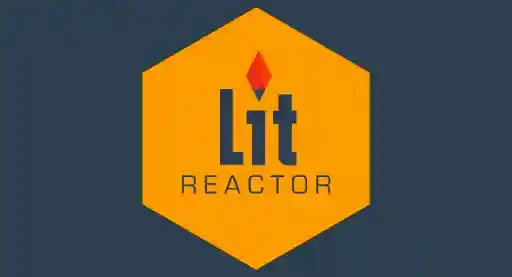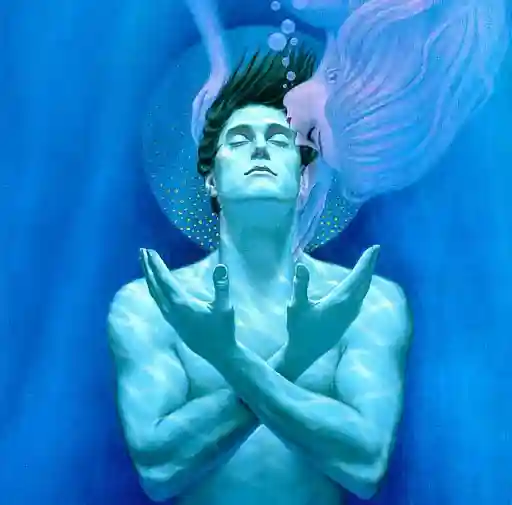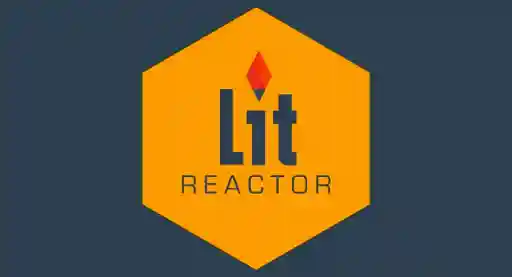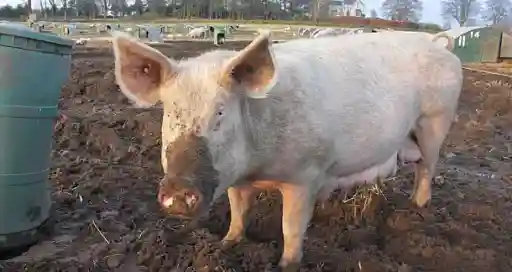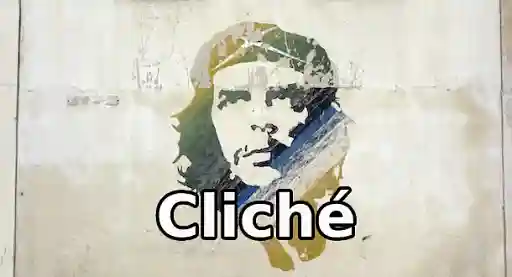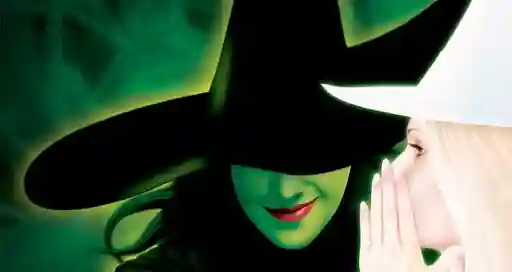I’ve mentioned narrative hooks before, but only briefly. What I’d like to do with this column is elaborate a bit more on what a narrative hook is, how you can create great opening sentences, and how that hook relates to the rest of your story or novel. Wait, that’s a terrible narrative hook. Let me try this again. When you push the metal hook deep into the mouth of a large-mouthed bass, piercing the skin, the barb unable to be removed, you have captured the beast, he will not get away—do the same thing with your writing. Not great, but better.
WHAT IS A NARRATIVE HOOK?
I don’t think I can say it any better than this bit of text from Wikipedia:
A narrative hook (or hook) is a literary technique in the opening of a story that ‘hooks’ the reader's attention so that he or she will keep on reading. The ‘opening’ may consist of several paragraphs for a short story, or several pages for a novel, but ideally it is the opening sentence.
Exactly. Ideally, it is the opening sentence, because that’s about how long you have to impress somebody, especially with a short story. You think I’m kidding? I can tell you that an editor might reject your story based on that opening line alone. I’ve done it in the past myself. If the opening sentence is boring, poorly written, flat, and hints at nothing more, then I am already fading, as a reader. Now, in most cases, your audience will be more patient—they may give you an entire paragraph. Or, they may give you the first page. But most people will bail early on a short story that isn’t working, or on a novel that doesn’t pull you in quickly.
A great narrative hook should hint at something more, give you some clues as to what this story, or novel, is going to be about. To “hook” the reader there must be intrigue, there must be more than what you see—there must be an action with possible consequences.
ICEBERGS AND RED HERRINGS
If you mention a nymphomaniac ex-girlfriend, a suitcase full of cash, and an addiction to crystal meth in the first three sentences of your opening paragraph, then we better read a story about a horny chick, some sort of caper, and there better be a brutal scene involving drugs and a weakness in character. You don’t want to use “red herrings” (intentional or unintentional misleading information) unless the overall story is strong enough to support the disparate plot lines. Don’t mention your dad in the first paragraph and then never mention him again. Set us up with expectations that you will fulfill. Picture each line of your opening paragraph as separate threads that lead out in an expanding shape, much like an iceberg, each one pulling us in deeper. The girl is not only your ex-girlfriend, but the mother of your child. The suitcase of cash is an urban legend, but one that you’ve found out could be true while eavesdropping on a conversation at a local bar. The meth will lead your characters deeper into trouble, but closer to the money, elevating tension, as you get your old lady hooked again, in order to find the dough. Just be careful how your story or novel begins. The audience expects these themes, objects, characters and facts to be an integral part of the story, not just window dressing.
EXAMPLE ONE
I’m going to focus on Ron Rash today, because he does a great job of writing narrative hooks. All of these examples are from his collection, Chemistry and Other Stories. The first example is from “Their Ancient and Glittering Eyes”:
Because they were boys, no one believed them, including the old men who gathered each morning at the Riverside Gas and Grocery.
What does he do well here? We see the boys, kids—they’re innocent (usually) but not necessarily reliable, right? No one believed them. The old men, they are the voices of reason, the elders. We have a setting, a small mom and pop grocery store. And we have the thing which nobody believed—what is it? That’s the hook.
IN MEDIAS RES
I’ve also mentioned this Latin phrase before, in medias res. It means, “into the middle of things.” I like to start most of my writing that way. If you’ve studied the dramatic structure of storytelling, also known at Freytag’s Pyramid (or triangle), then you know that this is a common and powerful way to create tension, conflict and ultimately a rewarding climax. You start with the hook, which is often based on an inciting incident. We don’t always start at the beginning of a story, right? We start with that moment in time where things get ugly, events take a turn for the worse, or a major revelation has just occurred. Harry Potter, it turns out, is a wizard. Start there.
HINTING AT SOMETHING MORE
That’s what an iceberg really is, right? A hidden danger lurking beneath the water, out of sight, the bulk of it submerged. That’s what your story should be. This narrative hook should hint at much more, give you clues as to what this story is really about, and point you in a certain direction. If this is a story about redemption, then something had to go wrong first. If this is a story about loss, there had to be something to lose first, a sense of peace and happiness. Your narrative hook should hint at relationships, emotional baggage, events and conflicts that are escalating—there should be a sense of urgency and importance.
EXAMPLE TWO
This second story is called “Not Waving, But Drowning.” Great title, too, the very first chance we have to hint as what’s to come:
Across the room a woman holds her front teeth in the palm of her hand.
Short, brutal, and it hints at much more. This is violent and we want to read more. What has happened to her, and why is she just standing there? Did somebody punch her, did she deserve it, what does she look like? Great hook.
NOT HOOKS
We’re starting to get a good sense of what a hook is. But what isn’t a hook? Here are some things that are not hooks, not great ways to open a story.
Descriptions: Just describing a person, a room, saying she woke up, isn’t enough. “Betty was a tall blonde girl, skinny, who was easy on the eyes.” Terrible. What’s better? “Betty rubbed the new tattoo on the small of her back, squinted into the setting sun, and revved the engine of her 1966 Mustang, Candy Apple Red, waiting for Bobby to cross the street.” See the difference? There is a bit of tension here, vengeance planned.
Setting: A vivid scene is not a hook, unless it plays a major part of your story. “The tall oak trees cast long shadows over the house.” Means nothing. “I watched the tall oaks cast their shadows over the yard, over the swimming pool where my son drowned, wondering if I’d ever feel anything again.” Better, yeah? The setting isn’t the focus, the story is.
Action: Just because something is happening, it doesn’t mean it’s important. “James closed the door, ran down the stairs, and hurried to catch up to his bus.” Who cares? Try this. “James closed the door to his new apartment, no longer living in his house, recently divorced, the reek of alcohol seeping from his pores, as the 21 bus rumbled past—late for work once again.” Better, I think. It gives us more.
Dialogue: It rarely works as an opening—floating and unattributed, no idea who is talking. “‘What time should I be there?’” It’s just really hard to make it work. Not sure if I can, but here’s a shot at it. “I’ll be there at sunset, on the south side of the parking lot, and listen, Burt, if you fuck me over again, this time it’ll be your son.” We still don’t know who he is, but there’s at least a bit of drama.
Backstory: Don’t open up with dry facts about what people do, or did. “Bob lived in the suburbs, recently retired, working on his garden and watching Matlock.” Again, who cares, right? Boring. Work your backstory in, over time, but open with something that leads us down the path. “It was in the suburbs of Chicago where Bob, not his real name, worked in his garden, burying things, covering them up, because they were always watching, even when Matlock was on.” It hints at much more.
EXAMPLE THREE
This is a longer hook. It works really well in just one sentence, but see how it expands over the paragraph to give us more. This is from “Pemberton’s Bride,” which later became Ron Rash’s acclaimed novel, Serena:
When Pemberton returned to the North Carolina mountains after four months in Boston settling his father’s estate, among those waiting on the train platform was a woman pregnant with Pemberton’s child. She was accompanied by her father, a man named Harmon who carried beneath his shabby frock coat a bowie knife sharpened with great attentiveness earlier that morning so it would plunge as deep as possible into Pemberton’s heart.
Wow. Pemberton returns home to find a woman pregnant with his child, just waiting for him at the train station. Rash sneaks in the bit about settling an estate, too—that’s good backstory we don’t even notice. The second line really increases the tension, though. The father (love that name, too—Harmon, so appropriate, get it Harm/on) and the way you can picture his attentiveness to sharpening the knife, running it back and forth across the sharpening stone, back and forth, plotting to kill our protagonist. I love it.
IN CONCLUSION
Give your story a bit of thought before you just dash off that first line, that first paragraph and page. Quite often I go back once I’m done and re-read the opening line, pulling something from later in the story, moving it up. Sometimes I rework the beginning to better represent the actual story. Pull the reader in quickly, hint at something more, a history or a possible future—consequences or tensions that are mounting. If you do it well, once that hook is in, it’s hard for the reader to slip away.
I’m just going to link Ron's books below, since he has very little online, starting with Chemistry and Other Stories. If you want more from Ron, he has other collections and novels out, but his biggest, as mentioned, is Serena. Burning Bright is his newest collection.

Meet the best editors in the industry on Reedsy
Sign up to request quotes from editors who shape bestsellers.
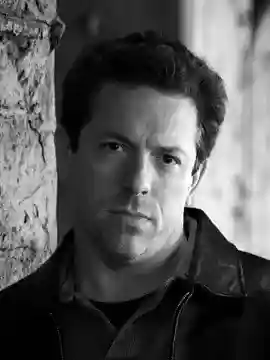
About the author
Richard Thomas is the award-winning author of seven books: three novels—Disintegration and Breaker (Penguin Random House Alibi), as well as Transubstantiate (Otherworld Publications); three short story collections—Staring into the Abyss (Kraken Press), Herniated Roots (Snubnose Press), and Tribulations (Cemetery Dance); and one novella in The Soul Standard (Dzanc Books). With over 140 stories published, his credits include The Best Horror of the Year (Volume Eleven), Cemetery Dance (twice), Behold!: Oddities, Curiosities and Undefinable Wonders (Bram Stoker winner), PANK, storySouth, Gargoyle, Weird Fiction Review, Midwestern Gothic, Gutted: Beautiful Horror Stories, Qualia Nous, Chiral Mad (numbers 2-4), and Shivers VI (with Stephen King and Peter Straub). He has won contests at ChiZine and One Buck Horror, has received five Pushcart Prize nominations, and has been long-listed for Best Horror of the Year six times. He was also the editor of four anthologies: The New Black and Exigencies (Dark House Press), The Lineup: 20 Provocative Women Writers (Black Lawrence Press) and Burnt Tongues (Medallion Press) with Chuck Palahniuk. He has been nominated for the Bram Stoker, Shirley Jackson, and Thriller awards. In his spare time he is a columnist at Lit Reactor and Editor-in-Chief at Gamut Magazine. His agent is Paula Munier at Talcott Notch. For more information visit www.whatdoesnotkillme.com.
